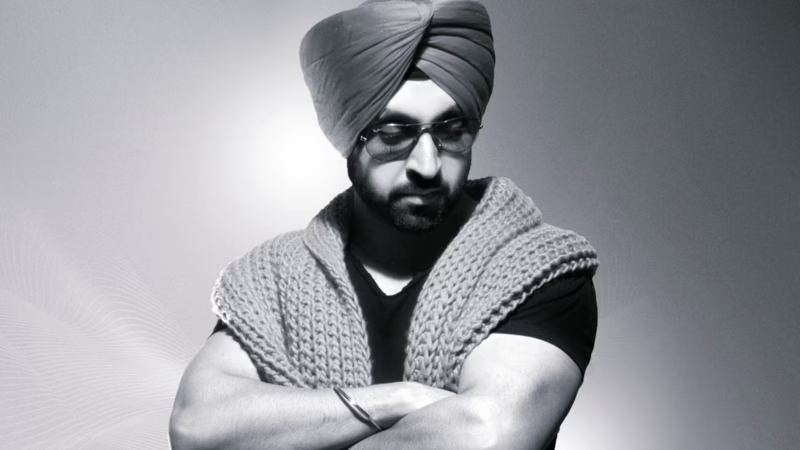Introduction
The portrayal of women in Indian cinema has undergone significant transformation over the decades. From being mere romantic interests and damsels in distress, female characters have evolved into complex, multifaceted protagonists who drive narratives and embody empowerment. This article explores the changing role of women in Indian cinema, tracing their journey from traditional heroines to modern heroes.
Historical Context
In the early days of Indian cinema, women were primarily depicted as symbols of virtue and sacrifice. Films often showcased them as devoted wives or mothers, with little agency or depth. Iconic figures like Nargis in Mother India (1957) represented the archetype of the selfless woman, while actresses like Madhubala in Mughal-e-Azam (1960) were celebrated for their beauty rather than their roles.
However, as society evolved, so did the narratives surrounding women. The 1970s and 1980s saw the emergence of more assertive female characters, although they often remained tied to male counterparts. The films of this era, like Deewar (1975) and Khiladiyon Ka Khiladi (1996), featured women with stronger personalities, yet their roles were still often secondary to those of men.
The 1990s: A Turning Point
The 1990s marked a pivotal moment in the representation of women in Indian cinema. Films like Dilwale Dulhania Le Jayenge (1995) introduced audiences to more independent female characters, such as Simran, who sought love and agency while balancing traditional values. This era also saw the rise of female-led films, such as Hum Aapke Hain Koun..! (1994), which, while still traditional in some aspects, began to showcase women in roles beyond mere support.
The Rise of Strong Female Protagonists
The 2000s and 2010s ushered in a new era for women in Indian cinema, with filmmakers increasingly focusing on strong, independent female protagonists. Movies like Kahaani (2012) and Queen (2013) featured women who were not only central to the story but also showcased resilience, intelligence, and determination.
- Kahaani: Vidya Balan’s portrayal of a pregnant woman searching for her missing husband in Kolkata challenged conventional stereotypes. Her character was complex, driven, and ultimately triumphant.
- Queen: Kangana Ranaut’s character embarked on a solo journey of self-discovery, redefining femininity and independence in a patriarchal society.
These films resonated with audiences and demonstrated that female-led narratives could achieve both critical acclaim and commercial success.
The Impact of Social Media and Digital Platforms
The advent of social media and digital streaming platforms has further accelerated the evolution of women in Indian cinema. Platforms like Netflix and Amazon Prime Video have provided a space for diverse stories that center around women.
Series such as Four More Shots Please! and Sacred Games have introduced complex female characters who navigate their lives with agency and ambition. This shift reflects a broader cultural change, encouraging more female-led stories to be told.
A New Wave of Filmmakers
The increasing presence of female filmmakers has also played a significant role in reshaping the portrayal of women in cinema. Directors like Zoya Akhtar, Gauri Shinde, and Meghna Gulzar are creating films that explore nuanced female experiences.
- Zoya Akhtar’s Gully Boy (2019) showcases the journey of a female character who breaks societal barriers to pursue her dreams, illustrating the complexity of contemporary women’s narratives.
- Gauri Shinde’s Dear Zindagi (2016) delves into mental health and the importance of female friendships, emphasizing the significance of emotional well-being.
These filmmakers are contributing to a richer tapestry of storytelling that places women at the forefront.
External Influences and Cultural Reflections
The changing role of women in Indian cinema is also reflective of broader societal changes. Movements advocating for gender equality, such as the #MeToo movement, have influenced storytelling, prompting filmmakers to tackle issues of harassment, discrimination, and empowerment.
For instance, films like Panga (2020) and Thappad (2020) engage with social issues, portraying women’s struggles in both personal and professional spaces. These narratives resonate deeply with audiences and encourage important conversations about women’s rights and representation.
The Future of Women in Indian Cinema
As we move forward, the future of women in Indian cinema looks promising. The industry is gradually embracing more authentic and diverse representations of women, reflecting the myriad experiences they encompass.
With increasing awareness of gender issues, filmmakers are more likely to create stories that challenge stereotypes and highlight women’s achievements. The rise of female-driven narratives not only entertains but also inspires future generations of women to pursue their dreams fearlessly.
Conclusion
The evolution of women in Indian cinema from traditional heroines to empowered protagonists is a testament to the changing societal landscape. As female characters gain complexity and depth, they not only enrich storytelling but also empower audiences. By continuing to support diverse narratives and female voices, Indian cinema can foster a culture of equality and representation.
For more insights into the changing dynamics of Indian cinema, visit Films N Minds.
Further Reading
- Women in Indian Cinema: A Historical Perspective – Explore the evolution of women’s roles in Indian films over the decades.
- The Rise of Female Filmmakers in Bollywood – An overview of women directors making waves in the Indian film industry.
- Gender Representation in Cinema – A look at how gender roles are portrayed in contemporary films.










